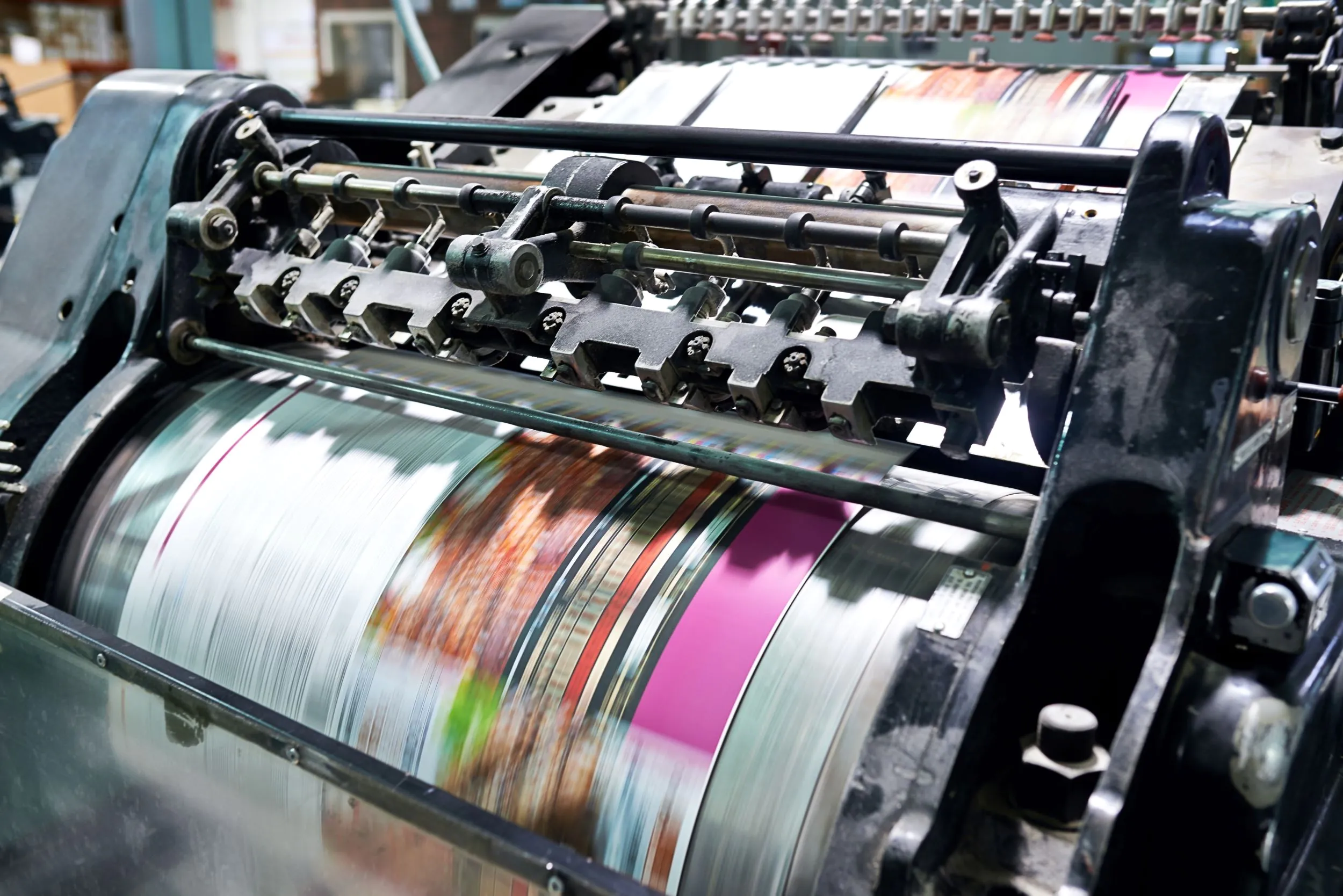The world of printing is changing. Technological evolution has always been an important influence on the printing industry, but the global pandemic has forced both printers and customers to adopt new practices and abandon old ones — or at least decrease their reliance them. The global move to remote work in 2020 meant less demand for the commercial printing industry as many processes and documents went digital, but it also meant a greater need for document scanning and cloud integration. But not everything is going digital, and there are sectors and use cases that still require printers and printing services. In these areas, new technology and changing industry trends are important business considerations.
Commercial Printing Industry Overview
Although the past few years saw little growth for the global commercial printing industry, things are beginning to look up. The sector was valued at nearly $490 billion in 2022 and is projected to grow at a CAGR of almost 3% over the next eight years, adding billions of revenue in market value.
Lithographic printing is the most commonly used method in the commercial printing industry today, accounting for almost 44% of the market’s global revenues. It is commonly used for high-volume print orders and can produce consistent and high-quality results, making it a popular choice for products such as magazines, books, posters, and marketing collateral. The segment also benefits from the growing demand for packaging.
The fastest-growing segment, however, is digital printing. Its efficiency and flexibility make it a popular choice for a variety of applications, as content can be printed directly onto a variety of materials without the need for a printing plate. It also allows for smaller print runs than offset printing. As customers seek fast turnaround times with affordable rates, this type of printing is becoming increasingly common.
Challenges and Opportunities
The COVID-19 pandemic severely reduced demand for printing services in office settings and for printed promotional materials, but this impact was balanced by the substantial rise in e-commerce transactions and the subsequent need for printed packaging materials and labels. The uptick in food delivery orders also contributed to the heightened demand for packaging. The result was a lack of market growth but no significant decline in revenue for the industry as a whole.
Print books also remain in demand despite the growing movement towards digital products. While e-books offer features that print books cannot, there is still a significant customer base that prefers the print version for a variety of reasons. The growing availability of print-on-demand (POD) services are helping bolster this market. POD makes it easier and more cost-effective for publishers to offer back catalog books and for individuals to self-publish print books, as there is no order minimum or risk of overstocking. It also allows for a much faster turnaround time than the traditional book printing process.
As with many other industries, rising costs are impacting manufacturers in the commercial printing industry. Ink, paper, pigments, and other supplies have increased in cost over the past several years, compounding the challenges of falling demand for certain printing services and products. However, the growing demand for sustainability across industries is opening up a new market niche for printers: using environmentally friendly papers, inks, and coatings can attract customers who seek out sustainable companies and are willing to pay more for their products and services.
There are more ways to improve sustainability besides just the materials a business uses. Everything from the production process to administration to shipping has a carbon footprint and an opportunity to reduce that footprint. An increasing number of customers want to see accountability and commitment from the companies they do business with, and improving sustainability in these areas has the potential to reduce costs in the long term. Improving efficiency and reducing waste, for example, can both cut down on environmental impact as well as save money.
Competitive Landscape
Over the years, the commercial printing industry has become increasingly competitive and consolidated. Businesses are striving to acquire a larger share of the market and to stand out from the competition. This means adopting the latest technologies, offering a greater degree of customization, and branching out into a wider array of products and services. If customers aren’t happy with the performance of one print shop, there are many other places they can go instead. Companies without a unique value proposition need to compete based on price, making efficiency and waste reduction more important than ever.
One thing for printers to keep on top of is cloud-based technology. Digital technology is becoming increasingly important to both customers and businesses, creating greater convenience for customers and helping businesses streamline their operations. Automation is likewise a valuable tool, reducing staffing needs, minimizing errors, collecting and analyzing data on production processes and sales, and more. These benefits help businesses lower costs and streamline services in an industry with narrow margins and high competition.
In such a competitive industry, it’s important to keep up with other players as well as the latest market news and trends. Finding the best suppliers is also key to forging strong business relationships and keeping costs down in the commercial printing industry. Every edge is important when it comes to staying ahead of the crowd.



